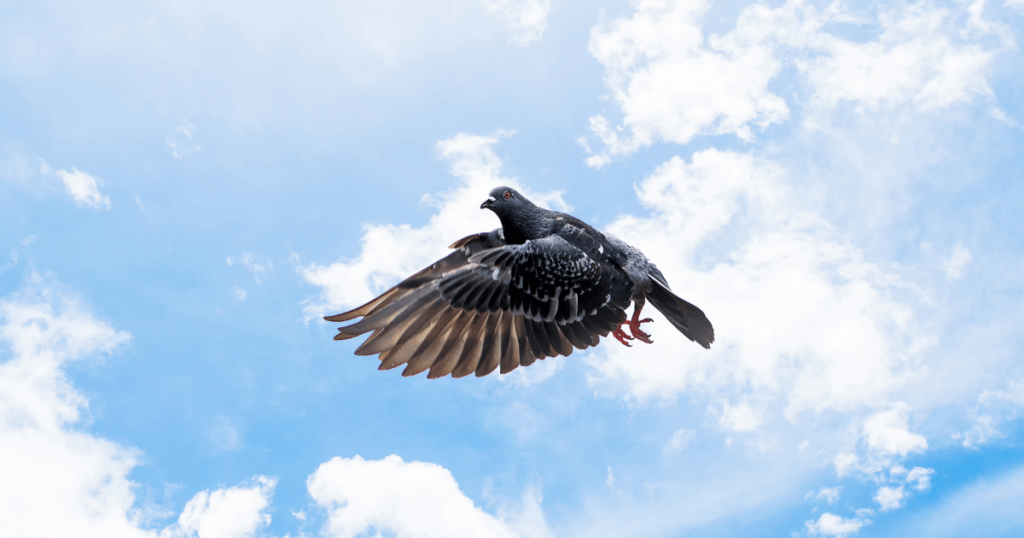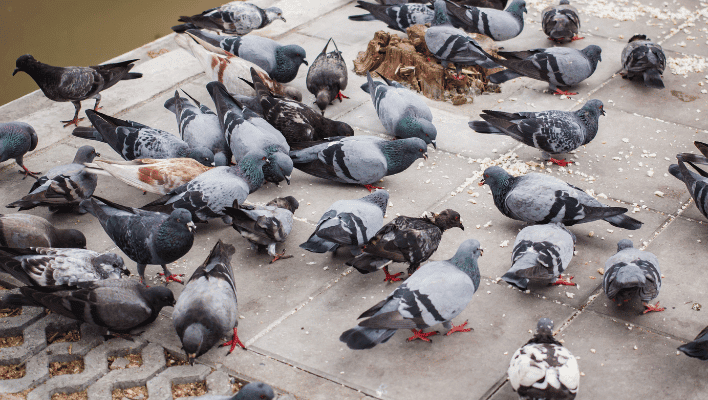Groundbreaking Study Reveals Pigeons’ Hidden Sophistication
Pigeons, often underestimated for their bobbing heads, clumsy gaits, and monotonous
Recently, pigeons have stunned experts with their concealed sophistication. Pigeons are frequently dismissed for their bobbing heads, awkward gaits, and monotonous cooing. Pigeons, and possibly other birds, are capable of dreaming, much like humans, according to persuasive evidence revealed by a ground-breaking study that was published in the journal Nature Communications.

Table of Contents
Dreaming: A Captivating Area of Scientific Exploration
Since the beginning of sleep study, the fascinating subject of dreaming has been an exciting area of scientific investigation. In an effort to understand the secrets of avian dreaming, German researchers undertook a study. The researchers were able to closely monitor the pigeons’ brains as they slept by raising a group of 15 doves in a comfortable setting outfitted with functional magnetic resonance imaging (fMRI) and infrared video cameras.
Insights into Bird Sleep Patterns
The study includes keeping an eye on a number of crucial sleep-related biological processes. The fMRI revealed information on the birds’ sleep-related brain activity while monitoring the movement of cerebral spinal fluid (CSF) through the glymphatic system, which is thought to be responsible for removing waste and toxins from the brain. Additionally monitored were pupil size and eye movements, both of which are signs of sleep..
Groundbreaking Findings and Similarities to Humans
The study’s co-corresponding author and researcher at the Max Planck Institute for Biological Intelligence, Gianina Ungurean, emphasized the importance of the team’s key discoveries. According to the study, birds also undergo rapid eye movement (REM) sleep, the stage of sleep linked to vivid dreams. Visual and higher associative parts of the brain, which are active during REM sleep in humans, were similarly active in birds. The emotion-controlling amygdala of birds showed a similar pattern of activity while they were sleeping. Additionally, during REM sleep, birds showed pupil constriction similar to how they react to strong emotions while they are awake..
Bird Dreams: Visual Experiences
Ungurean responded that given birds’ dependency on vision and the considerable activation of their visual system during REM sleep, birds may experience visual dreams comparable to those experienced by humans.
Non-Human Dreaming and Protective Mechanisms
Chinese researchers looked into how animals dreamed in a 2022 study that was published in the journal Neuron. When different sleeping animals were exposed to a chemical linked to predators, the researchers discovered that REM sleep cycles were more likely to result in awakening than non-REM cycles. They discovered particular neurons in the medial subthalamic nucleus area of the brain that had a lower threshold for awakening during REM sleep and thus induced a defensive reaction upon awakening. According to these results, adaptive REM sleep responses may act as a defense mechanism against dangers..
Bird Brains and Memory Consolidation
Ungurean’s study highlights the striking similarities between bird brains and human brains, suggesting that birds may replay consolidated memories during sleep, much like humans. This implies that birds likely share similar requirements for memory consolidation and potentially employ comparable mechanisms as mammals.
Unveiling the Fascinating World of Avian Dreaming
In conclusion, the recent study revealing the possibility of pigeons and other birds dreaming has opened up a fascinating area of investigation. By unraveling the mysteries of avian dreaming, scientists hope to gain valuable insights into the purpose and mechanisms of dreaming across species. As our understanding of sleep and dreams expands, we may uncover new perspectives on the inner lives of creatures beyond our own species. This study not only highlights the hidden sophistication of pigeons but also raises intriguing questions about the nature of dreaming itself.

